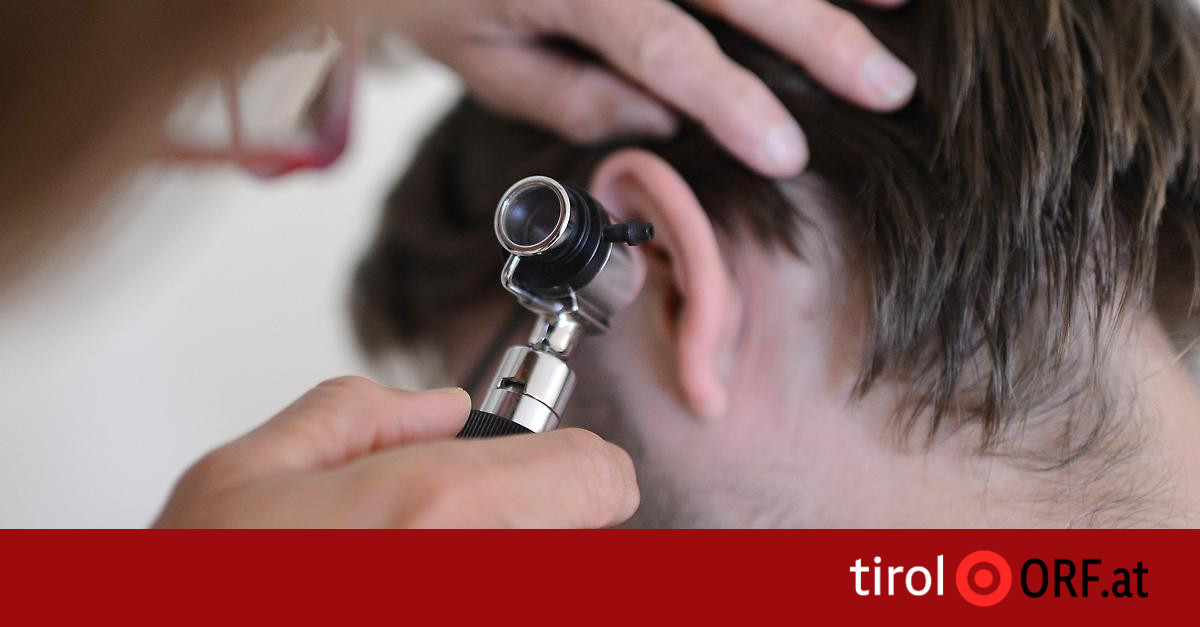To do this, we are working with computer models that test how to stimulate the auditory nerve more precisely with cochlear implants, scientist Rudolf Gluckert told the APA. “Previous models were very simple,” he added. These are now “as realistic and complex models as possible”, which we want to realize step by step, should in any case become relevant for the development of the implant and therefore, above all, for its users.
The “software” can still be improved.
“But I don’t expect any big jump in hardware,” the scientist said. When it comes to stimulating the neurons, i.e. the “software”, there are still opportunities for improvement: “If we knew how to stimulate the neurons as precisely as possible, the listening experience could be greatly improved and the adaptation phase for the user could be improved. It is shortened significantly.” Affected patients largely or completely lack sensory cells.
The project is planned for three years
Gluckert, who participated in the study, explained that what distinguishes the research project, which follows a similar project and is scheduled to last for three years starting in October, is that it works with different human inner ears and also with different conditions to preserve the auditory nerve. He works at the Medical University of Innsbruck. Both will eventually be converted into a computer form, as he described the procedure.
Once this transition is complete, you will finally have a “Virtual Test Lab.” “We can test the most appropriate stimulation patterns for each patient on a large scale,” emphasized Gluckert, who works in the inner ear laboratory at the University Hospital for Otolaryngology.
Electrodes replace sensory cells
For example, you can change the electrode positions in the models and thus learn exactly how the neurons in the cochlea are stimulated and what the respective stimulus response looks like. This in turn is the central factor for affected patients. “In cochlear implants, unlike acoustic hearing aids, 12 to 22 electrodes replace about 3,500 sensory cells,” Gluckert explained.
Cochlear implants have been used since the 1970s. The goal is to restore hearing and speech understanding to patients who are deaf or severely hard of hearing. To do this, electrodes are inserted into the cochlea and connected to a speech processor. Audio signals are converted into electrical impulses and the auditory nerve is simulated. About one million patients around the world use cochlear implants.

“Total coffee aficionado. Travel buff. Music ninja. Bacon nerd. Beeraholic.”







More Stories
Raspberry Meringue Roll: Little effort, great effect
European Space Agency sees 'signs of spiders on Mars'
1 chair, 50 animations – “Manga Chairs”